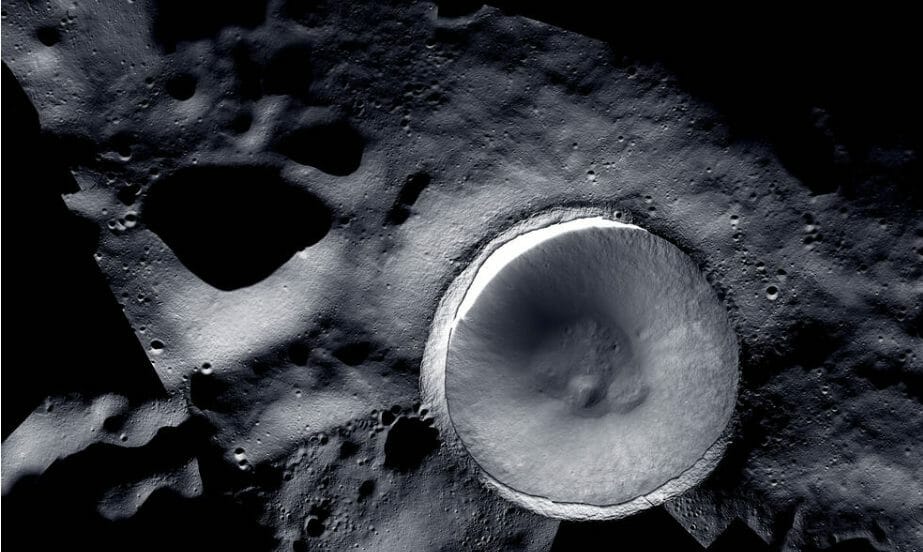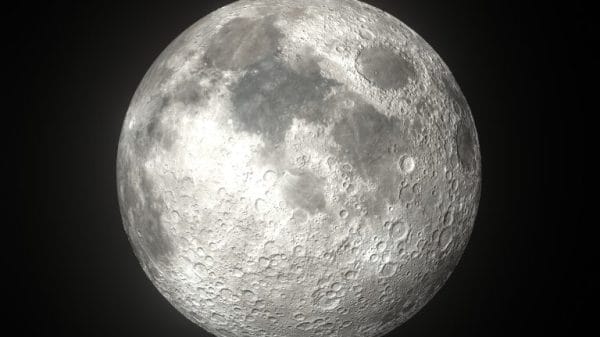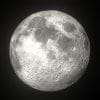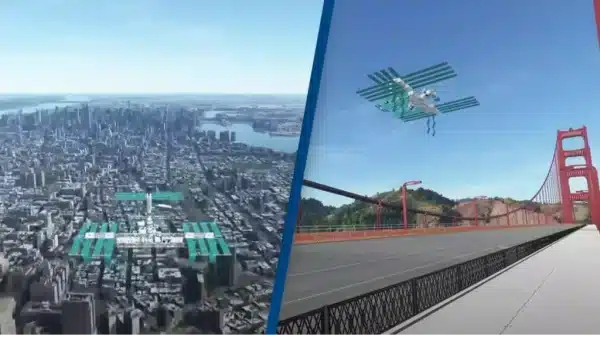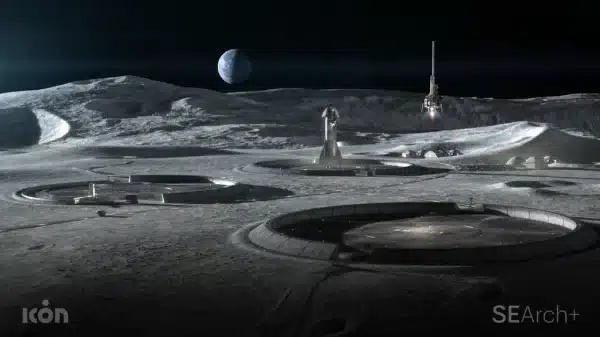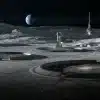The lunar south pole has taken on an eerie allure, unveiling its enigmatic charm in a mesmerizing mosaic image meticulously crafted from the lens of not one, but two NASA cameras orbiting our celestial neighbor.
In an extraordinary collaboration between National Geographic and NASA, the world has been gifted a never-before-seen, high-definition composite portrait of the lunar south pole, accompanied by an intricately detailed map spotlighting potential touchdown zones for Artemis 3, the next lunar mission on the horizon.
Now, feast your eyes on this arresting lunar vista, woven together from a constellation of snapshots, a celestial tapestry weaved from the skillful artistry of the Lunar Reconnaissance Orbiter Camera (LROC). This celestial shutterbug, mounted aboard NASA’s Lunar Reconnaissance Orbiter since the summer of ’09, has been chronicling lunar lore for more than a decade. And here’s the twist: it partnered up with ShadowCam, a NASA-sponsored contraption nestled aboard the Korea Aerospace Research Institute’s Korea Pathfinder Lunar Orbiter (KPLO). ShadowCam, mind you, is a light-detecting maestro, boasting sensitivity levels 200 times more impressive than its lunar-cam predecessors, a little-known NASA tidbit that’s hotter than a rocket engine!
Peel back the lunar curtain, and there you have it—Shackleton Crater’s dimly lit sanctum, hidden away in permanent shadow, emerges as the centerpiece of this visual spectacle. ShadowCam, the underdog of lunar optics, captured the crater’s essence, while LROC stepped in to paint the broader strokes. This lunar jigsaw showcases nooks and crannies that may someday welcome our intrepid Artemis 3 astronauts, giving them a lunar playground to explore.
But wait, there’s more! National Geographic has thrown in a bonus treat—topographical maps of the lunar south pole, a treasure trove of insight for those eager to unravel the mysteries of the moon’s hidden depths.
The cosmic spotlight isn’t just on this lunar extravaganza, folks. Lately, all eyes have been glued to our lunar buddy, especially with India’s historic Chandrayaan-3 mission hogging the headlines. Flashback to August 23, 2023—India etched its name in lunar history, becoming the trailblazer that dared to land near the moon’s south pole. A $77 million mission that catapulted India into the elite lunar landing club, joining the ranks of the United States, the former Soviet Union, and China. Vikram lander and Pragyan rover embarked on a two-week lunar escapade, treading where none had trod before. As the sun dipped below the lunar horizon, they slipped into slumber, awaiting the hopeful embrace of a new dawn on September 22.
But not every lunar journey is destined for success. Russia’s Luna-25 mission, their latest lunar endeavor, spiraled into failure as their lander made an unceremonious crash-landing on the moon’s surface.
Now, keep your eyes peeled, because the cosmic drama is far from over. Both China and the United States have their lunar aspirations locked and loaded. China’s lunar odyssey is slated for a rendezvous with destiny around 2030, while NASA’s ambitious plan promises to deliver astronauts to the lunar south pole no later than 2025. Brace yourselves for what could be the first human dance on the moon in half a century.
For an even deeper dive into this cosmic saga and a treasure trove of Lunar Reconnaissance Orbiter snapshots, don’t forget to snag a copy of National Geographic’s “Space” issue, touching down on September 19, 2023. It’s a lunar spectacle you won’t want to miss!


